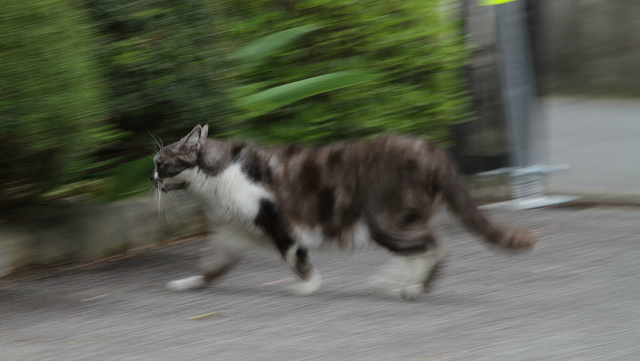Image stabilization technology is one of the newest added functions to the camera industry. It is also one of the least understood by the general consumer market. This is unfortunate because when one understands his or her photo equipment’s strengths and weaknesses they have the ability to greatly improve the quality of their images. Comprehending how to better utilize the stabilization system in your camera and using it to your advantage isn’t difficult at all, you’ll see.
The first step to mastering your stabilization is to identify the type of stabilizer your particular camera is using. There are two main types of stabilizers: Lens-based and Body-based. Neither is necessarily better than the other and both have their own pros and cons; below is a comparison of Lens-based and Body-based stabilizers:
Lens-based:
- Pro – AF is more reliable in low light/contrast situations.
- Pro – It is very effective at stabilizing longer focal length lenses.
- Con – It is expensive. You must purchase a more expensive lens.
- Con – Ineffective at compensating for “camera roll” (the blur that can occur from the action of pressing the release button).
Body-based:
- Pro – It is much more affordable. Because body has the stabilizer all lenses are stabilized.
- Pro – Has the ability to effectively compensate for “camera roll” (the blur that can occur from the action of pressing the release button).
- Con – Less effective on longer focal length lenses.
- Con – Optical viewfinder is not stabilized. Electronic viewfinders and live-view are the only ways to “see” and assist with composition.
Some stabilization systems have more than one mode. It is best to reference your user manual to get the details on your camera’s or lenses’ stabilization modes. The default mode is for normal camera shake conditions where by the user is in a solid fixed position and may be panning; generally speaking, if your stabilization system doesn’t have multiple modes this is what it is designed to optimally stabilize for. If your equipment does have a second mode this auxiliary mode is usually engineered to compensate for large shake conditions like taking pictures from a moving vehicle. Using the modes for the conditions they are designed for will provide better results.
Before we get into what can go wrong and how to prevent it in the second part, keep in mind these general tips related to stabilizers to ensure your images are the best they can be on your next photo excursion:
1) Turn off stabilizer when not needed to conserve camera battery power.
2) Make sure you set the stabilizer to the correct mode when Panning (default mode).
3) Switch off stabilizer when using a tripod, but have it on when using a monopod.
4) Never use stabilizer in Bulb mode.
Title image credit: Flickr user Takashi(aes256)
